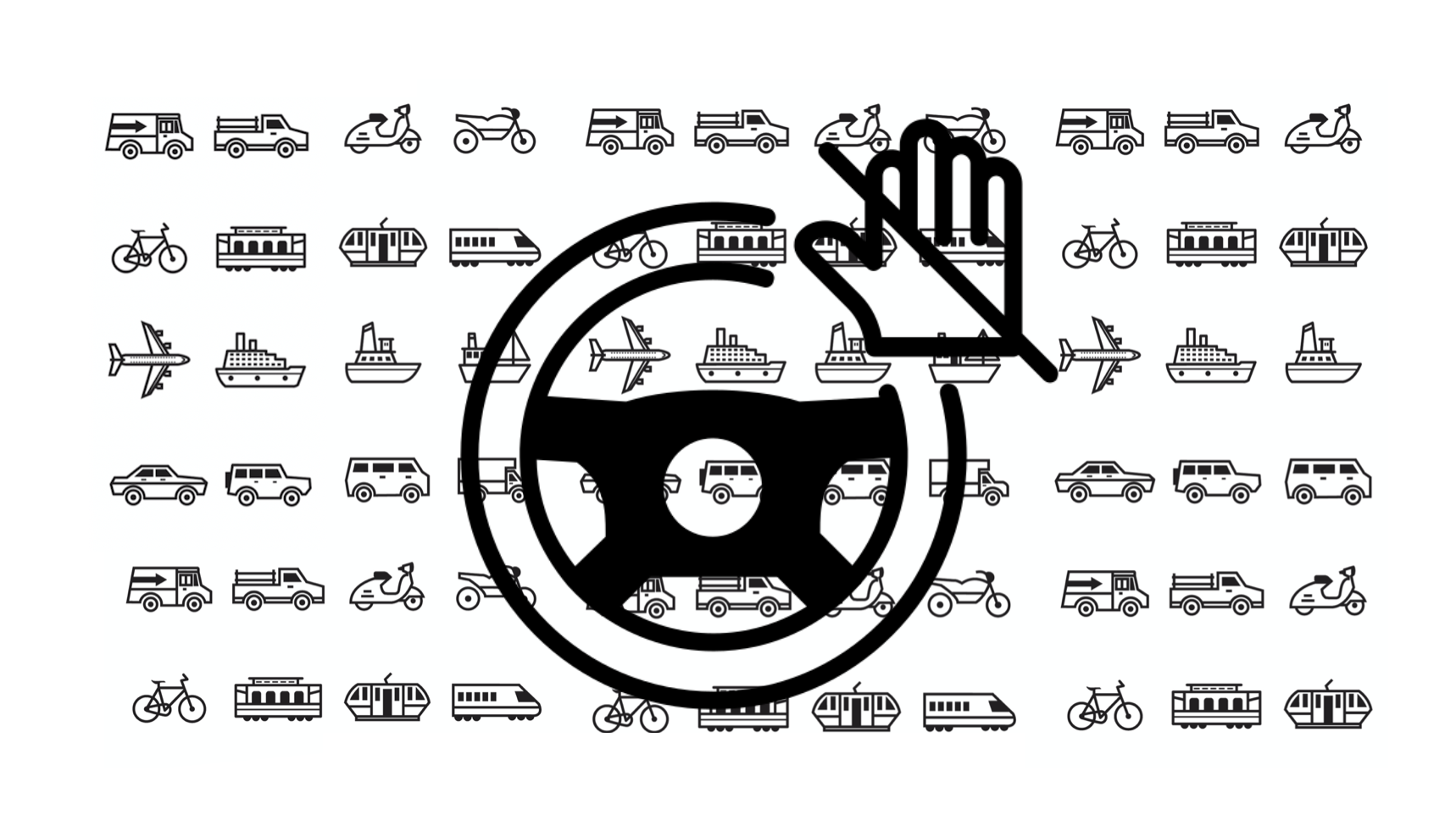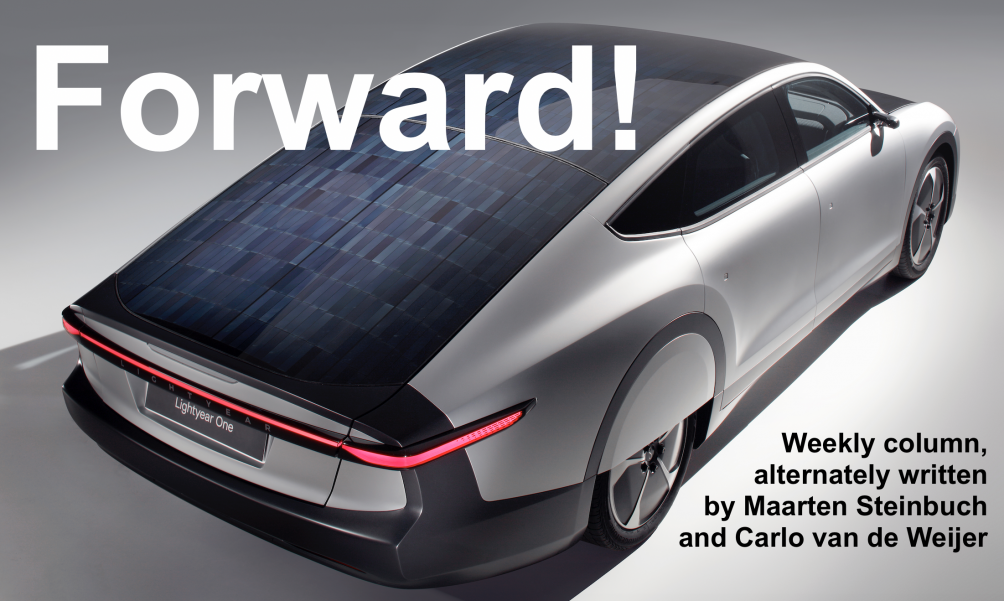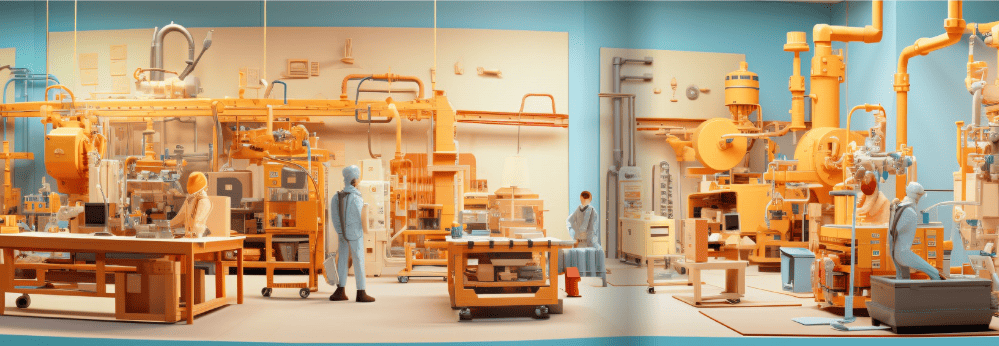
Last week in this column, Maarten Steinbuch looked back at the mobility highlights of the past year. Allow me to take a look ahead towards year-to-come. Perhaps the most important mobility prospect is that, from 2022, it will be mandatory to include all kinds of driver assistance systems in the design of new cars. Think of emergency braking systems, automatic speed limitation, and an alcohol lock. Important, because the majority of accidents that happen on the road could have been prevented by these kinds of systems. Another example is a warning system that notices sleepiness or smartphone use by the driver, and a system that better records the circumstances surrounding an accident. In total, there are thirty systems that will make future traffic significantly safer.
Then of course it is to be hoped that these new, safer cars can actually be delivered because the chip shortage in the sector will probably play out throughout 2022 and even beyond. The cars that can be delivered, however, will be electric on an even larger scale next year. The global market share of electric cars has been increasing by about 50% for years, and it will do so again in 2022. There will be a range of new electric models on the market. Personally, I’m looking forward to the Lightyear One, but there will be more notable appearances, such as the VW ID Buzz, the BMW i4, and a slew of electric pickups, including the Tesla Cybertruck. The latter clunky vehicle, of course, scoffs at all laws of traffic etiquette, but will nevertheless, or precisely because of that, become hugely popular.

Electrification is going fast not only for cars in 2022 but also for other vehicles. Look at the new, hip Unu scooter or the beautiful, classically designed Eysing of Dutch manufacture. And there will be new electric buses with a range of up to seven hundred kilometers so that regional transport can also be electrified more quickly. Tesla promises that the Semi electric truck will roll off the assembly line next year.
The new electric Mercedes EQS will have an important first in 2022: it will be the first car to receive permission from the Unece (the United Nations Economic Commission for Europe) to drive in what is known as ‘level 3’ autonomous mode. That means semi-autonomous, which means that in some situations, such as in a traffic jam, you can leave the driving to the car and actually do something else behind the wheel. The technology provides safety. This is the beginning of autonomous driving at a meaningful level because it makes travel much more comfortable.
If we then also, finally, apply the lessons of two years of flexible home working by starting to travel a little smarter, 2022 will be another bold step towards cleaner, safer and better mobility.
Maarten Steinbuch and Carlo van de Weijer are alternately writing this weekly column, originally published (in Dutch) in FD. Did you like it? There’s more to enjoy: a book with a selection of these columns has just been published by 24U and distributed by Lecturis.








